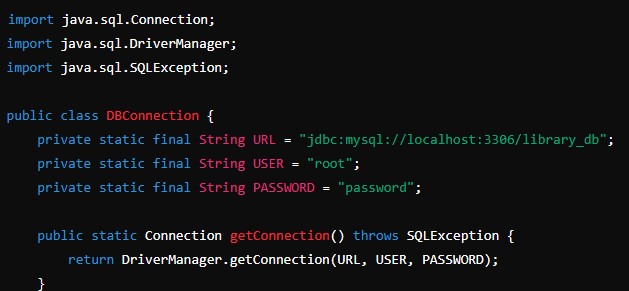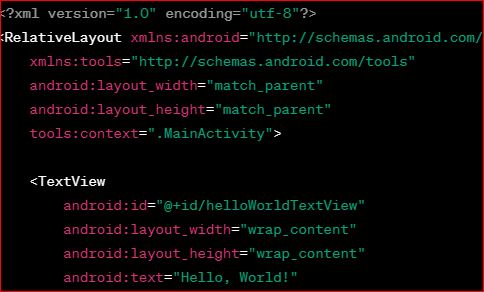Palindrome Checker
Introduction
A palindrome is a word, phrase, number, or other sequences of characters that reads the same forward and backward (ignoring spaces, punctuation, and capitalization). Examples include “racecar,” “madam,” and “121.” Checking whether a given string or number is a palindrome is a common problem in computer programming. In this article, we will explore how to implement a palindrome checker in Java, covering different approaches and their respective code implementations.
Basic Array Operations in Java
Understanding Palindromes
Before diving into the code, it’s essential to understand what makes a sequence a palindrome. For a given string or number to be a palindrome, it must satisfy the following conditions:
- The sequence must be identical when read from both left to right and right to left.
- The sequence can be case-insensitive, depending on the specific requirements.
- Spaces and non-alphanumeric characters can be ignored.
For example, the string “A man, a plan, a canal, Panama” is considered a palindrome checker when ignoring spaces, punctuation, and capitalization.
Approaches to Check for Palindromes
There are several methods to check if a given string or number is a palindrome checker in Java. We will discuss three common approaches:
- Using a loop to compare characters
- Reversing the string
- Using recursion
Approach 1: Using a Loop to Compare Characters
One of the simplest ways to check if a string is a palindrome checker is to use a loop to compare characters from the beginning and end of the string moving towards the center.
Implementation
Here is a step-by-step guide to implementing this approach:
- Convert the string to lowercase to ensure the check is case-insensitive.
- Use two pointers: one starting at the beginning of the string and the other at the end.
- Compare the characters at these pointers.
- If the characters are the same, move the pointers towards the center.
- If any characters do not match, the string is not a palindrome.
public class PalindromeChecker {
public static boolean isPalindrome(String str) {
// Remove non-alphanumeric characters and convert to lowercase
str = str.replaceAll("[^a-zA-Z0-9]", "").toLowerCase();
int left = 0;
int right = str.length() - 1;
while (left < right) {
if (str.charAt(left) != str.charAt(right)) {
return false;
}
left++;
right--;
}
return true;
}
public static void main(String[] args) {
String testStr1 = "A man, a plan, a canal, Panama";
String testStr2 = "Hello, World!";
System.out.println(testStr1 + " is palindrome? " + isPalindrome(testStr1));
System.out.println(testStr2 + " is palindrome? " + isPalindrome(testStr2));
}
}Approach 2: Reversing the String
Another straightforward method is to reverse the string and compare it to the original. If both strings are identical, then the original string is a palindrome.
Implementation
Here’s how you can implement this approach:
- Remove non-alphanumeric characters and convert the string to lowercase.
- Reverse the processed string.
- Compare the original processed string with the reversed string.
public class PalindromeChecker {
public static boolean isPalindrome(String str) {
// Remove non-alphanumeric characters and convert to lowercase
str = str.replaceAll("[^a-zA-Z0-9]", "").toLowerCase();
String reversedStr = new StringBuilder(str).reverse().toString();
return str.equals(reversedStr);
}
public static void main(String[] args) {
String testStr1 = "A man, a plan, a canal, Panama";
String testStr2 = "Hello, World!";
System.out.println(testStr1 + " is palindrome? " + isPalindrome(testStr1));
System.out.println(testStr2 + " is palindrome? " + isPalindrome(testStr2));
}
}Approach 3: Using Recursion
A recursive solution can also be used to check for palindromes. This method is elegant but may not be the most efficient for very long strings due to the overhead of recursive calls.
Implementation
Here’s how to implement the recursive approach:
- Remove non-alphanumeric characters and convert the string to lowercase.
- Define a recursive function that compares the first and last characters of the string.
- If they match, call the function recursively on the substring that excludes these characters.
- If the first and last characters do not match, return false.
public class PalindromeChecker {
public static boolean isPalindrome(String str) {
// Remove non-alphanumeric characters and convert to lowercase
str = str.replaceAll("[^a-zA-Z0-9]", "").toLowerCase();
return isPalindromeRecursive(str, 0, str.length() - 1);
}
private static boolean isPalindromeRecursive(String str, int left, int right) {
if (left >= right) {
return true;
}
if (str.charAt(left) != str.charAt(right)) {
return false;
}
return isPalindromeRecursive(str, left + 1, right - 1);
}
public static void main(String[] args) {
String testStr1 = "A man, a plan, a canal, Panama";
String testStr2 = "Hello, World!";
System.out.println(testStr1 + " is palindrome? " + isPalindrome(testStr1));
System.out.println(testStr2 + " is palindrome? " + isPalindrome(testStr2));
}
}Handling Numerical Palindromes
Checking if a number is a palindrome follows a similar logic to strings. We can convert the number to a string and apply any of the above methods, or we can handle the number directly.
Direct Numerical Check
To check a number directly, we can reverse the number and compare it with the original.
Implementation
Here’s an example:
public class PalindromeChecker {
public static boolean isPalindrome(int num) {
int originalNum = num;
int reversedNum = 0;
while (num != 0) {
int digit = num % 10;
reversedNum = reversedNum * 10 + digit;
num /= 10;
}
return originalNum == reversedNum;
}
public static void main(String[] args) {
int testNum1 = 121;
int testNum2 = 123;
System.out.println(testNum1 + " is palindrome? " + isPalindrome(testNum1));
System.out.println(testNum2 + " is palindrome? " + isPalindrome(testNum2));
}
}Edge Cases
When implementing a palindrome checker, it’s crucial to consider various edge cases to ensure robustness. Some common edge cases include:
- Empty Strings: An empty string should typically be considered a palindrome.
- Single Character Strings: A single character string is always a palindrome.
- Strings with Only Special Characters: Depending on the implementation, these may be ignored.
- Large Numbers: Ensure that the implementation handles large numbers efficiently.
Conclusion
In this article, we explored three different approaches to implementing a palindrome checker in Java: using a loop to compare characters, reversing the string, and using recursion. Each method has its advantages and can be chosen based on specific needs and constraints.
By understanding and implementing these approaches, you can effectively solve the palindrome checking problem in your Java applications. Whether you’re preparing for coding interviews or working on a real-world project, mastering this fundamental concept will be a valuable addition to your programming skill set.




